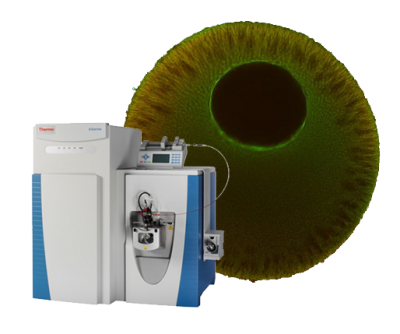The Nuclear Proteome of a Vertebrate.
Type
The composition of the nucleoplasm determines the behavior of key processes such as transcription, yet there is still no reliable and quantitative resource of nuclear proteins. Furthermore, it is still unclear how the distinct nuclear and cytoplasmic compositions are maintained. To describe the nuclear proteome quantitatively, we isolated the large nuclei of frog oocytes via microdissection and measured the nucleocytoplasmic partitioning of ∼9,000 proteins by mass spectrometry. Most proteins localize entirely to either nucleus or cytoplasm; only ∼17% partition equally. A protein's native size in a complex, but not polypeptide molecular weight, is predictive of localization: partitioned proteins exhibit native sizes larger than ∼100 kDa, whereas natively smaller proteins are equidistributed. To evaluate the role of nuclear export in maintaining localization, we inhibited Exportin 1. This resulted in the expected re-localization of proteins toward the nucleus, but only 3% of the proteome was affected. Thus, complex assembly and passive retention, rather than continuous active transport, is the dominant mechanism for the maintenance of nuclear and cytoplasmic proteomes.

